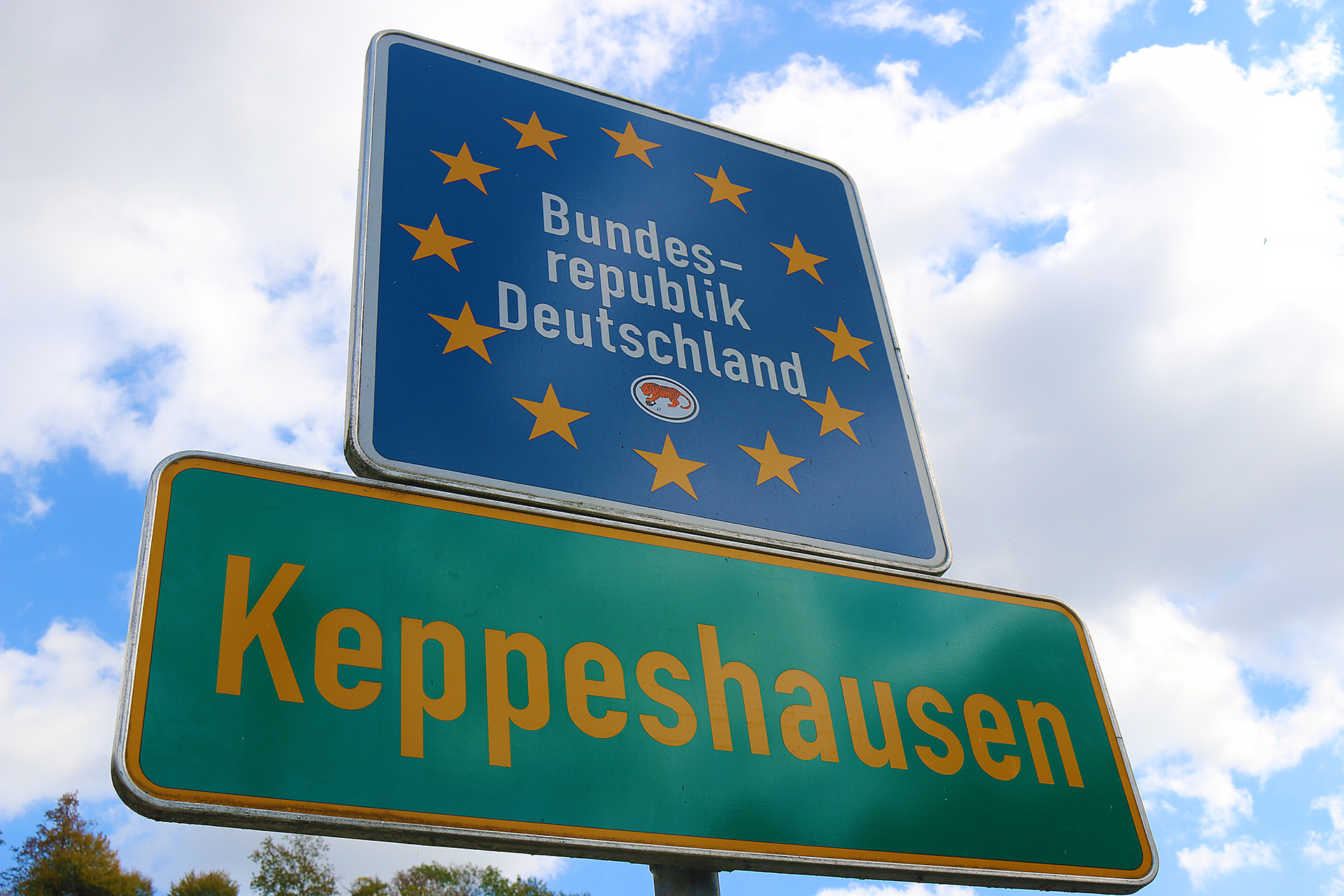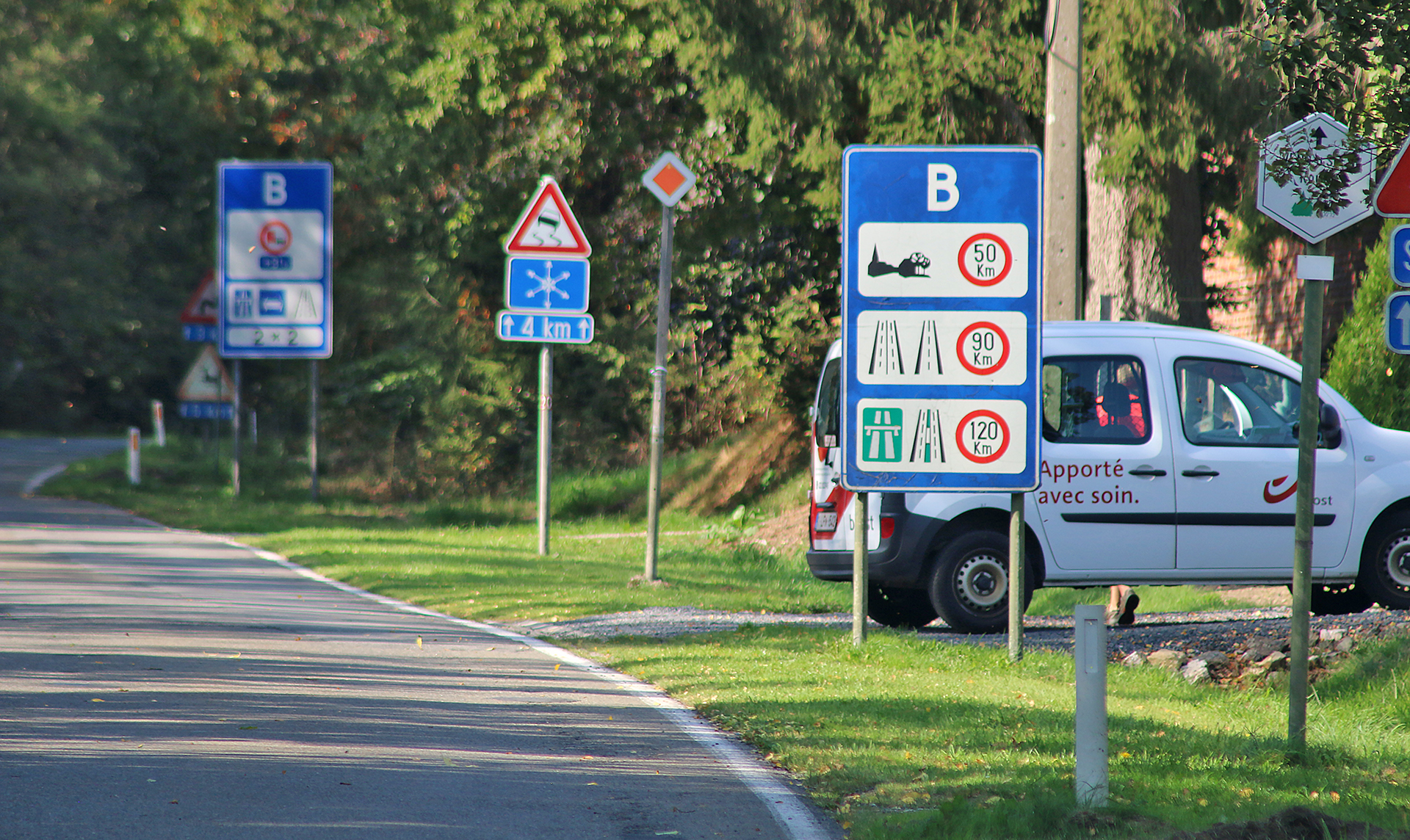If you plan on visiting Europe, note that passport stamps are to be eliminated in November 2024 by 29 countries as part of an initiative by the European Union called the Entry/Exit System — which is informally known as the EES — that is designed to speed up the immigration process at customs while simultaneously reducing paperwork.
Passport Stamps To Be Eliminated In November 2024 By 29 Countries in Europe

The Entry/Exit System — which is expected to become effective as of Sunday, November 10, 2024 — will be an automated information technology system for registering travelers from outside of the European Union each time they cross an external border of the European Union — whether the visitor holds a visa for a short stay or is exempt from needing a visa.
The 29 countries of the Schengen Area of Europe — which includes 25 of the 27 countries of the European Union plus four countries which are not part of the European Union — are as follows:
- Austria
- Belgium
- Bulgaria
- Croatia
- Czechia
- Denmark
- Estonia
- Finland
- France
- Germany
- Greece
- Hungary
- Iceland
- Italy
- Latvia
- Liechtenstein
- Lithuania
- Luxembourg
- Malta
- Netherlands
- Norway
- Poland
- Portugal
- Romania
- Slovakia
- Slovenia
- Spain
- Sweden
- Switzerland
Border controls and the requirements of passports for travel within the Schengen Area of Europe had been eliminated — for the most part — years ago. Romania and Bulgaria are the latest countries to officially join the Schengen Area, which occurred on Sunday, March 31, 2024.
The following information of each visitor to the European Union — in full respect of fundamental rights and data protection — will be registered with the Entry/Exit System:
- Name
- Type of travel document
- Biometric data — which includes fingerprints and captured facial images — to combat identity fraud
- The date and place of entry and exit
Once the aforementioned data is collected the first time, subsequent visits for travelers will be faster because their information will already be on file in the system.
Refusals of entry will also be recorded by the Entry/Exit System, which will replace the current system because stamping passports manually:
- Consumes too much time
- Does not provide reliable data on border crossings
- Does not allow systematic detection of travelers who have exceeded the maximum duration of their authorized stays
“EES will contribute to prevent irregular migration and help protect the security of European citizens”, according to the official Internet web site of the Migration and Home Affairs department of the European Commission. “The new system will also help bona fide third-country nationals to travel more easily while also identifying more efficiently over-stayers as well as cases of document and identity fraud. In addition to this, the system will enable to make a wider use of automated border control checks and self-service systems, which are quicker and more comfortable for the traveller.”
The Entry/Exit System does not apply to citizens of the European Union or to people who are traveling between countries and territories within the Schengen area of Europe.
“So the central system and every single border crossing point will all be online”, Ylva Julia Margareta Johansson — who is serving as European commissioner for home affairs — said in a speech on Friday, August 16, 2024. “And when that happens, it will be goodbye to passport stamping, hello to digital checks. For all passengers from outside the EU. Making travel easier, and border checks gradually faster.”
Greater than 700 million visitors traveled to Europe in 2023.
Final Boarding Call

The Entry/Exit System is part of the mandatory European Travel Information and Authorisation System which is expected to be implemented in 2025 after several delays and postponements. When it becomes effective for 30 countries and territories that are part of the Schengen Area of Europe — the exact date is still unknown at the time this article was written — be prepared to pay seven euros for the privilege, as the United States is one of 60 countries and territories that are eligible for that new system.
I have always enjoyed collecting stamps in my passport. For me, that is tangible proof that I have visited a country or territory — regardless of how many photographs I have taken while I was there or how long I stayed.
Other countries will likely follow suit if electronic entry and exit systems work as they intended — especially if they help keep a sovereign state more secure; process visitors in less time; and save money in the long run…
…and if that happens, will the passport as we know it become obsolete?
All photographs ©2016 and ©2018 by Brian Cohen.
